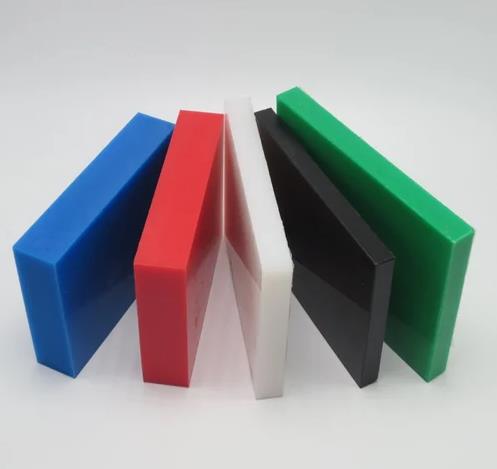1. UHMW Material Properties:
UHMW is a type of polyethylene that has a very high molecular weight, resulting in its excellent mechanical and chemical properties. Some of the key properties of UHMW include high abrasion and impact resistance, low coefficient of friction, high tensile strength, and good chemical resistance. UHMW also has a low density compared to other high-performance plastics, making it a lightweight option for many applications. Other notable characteristics of UHMW include its ability to sustain high loads over extended periods, its self-lubricating properties, and its good electrical insulation properties.
2. UHMW Processing Methods:
UHMW can be processed using various methods such as compression molding, CNC machining, injection molding, and extrusion. Compression molding involves applying heat and pressure to reshape the material into the desired shape. Injection molding involves melting the UHMW pellets and injecting the molten material directly into a mold. Extrusion involves melting the UHMW material and passing it through a die to form a continuous profile. Each method has its advantages and disadvantages, and the choice of processing method will depend on the specific application requirements.
3. UHMW Industry Applications:
UHMW has a wide range of applications across various industries, including automotive, aerospace, construction, and food and beverage. In the automotive industry, UHMW is used for wear-resistant parts such as gears, bearings, and bushings. In aerospace, UHMW is used for lightweight components such as the insulation around rocket boosters. In the construction industry, UHMW is used as a lining material for hoppers, chutes, and silos. In the food and beverage industry, UHMW is used for conveyor parts, food processing equipment, and packaging.
4. UHMW Parts Applications:
UHMW is an excellent choice for many parts applications due to its unique set of properties. Some common UHMW parts applications include wear strips, guide rails, rollers, seals, and gaskets. UHMW wear strips are used in conveyor systems to reduce friction and extend the life of the equipment. Guide rails made from UHMW are used in packaging machinery to ensure accurate product placement. UHMW rollers are commonly found in packaging, bottling, and material handling industries due to their low friction and abrasion resistance.
In conclusion, UHMW is a versatile material that offers an excellent combination of properties, making it an ideal choice for many applications. Its unique set of properties such as high abrasion resistance, low coefficient of friction, and good chemical resistance make it widely used in various industries. With its available processing methods, UHMW can be easily molded, extruded, or machined to meet the specific requirements of a given application.
